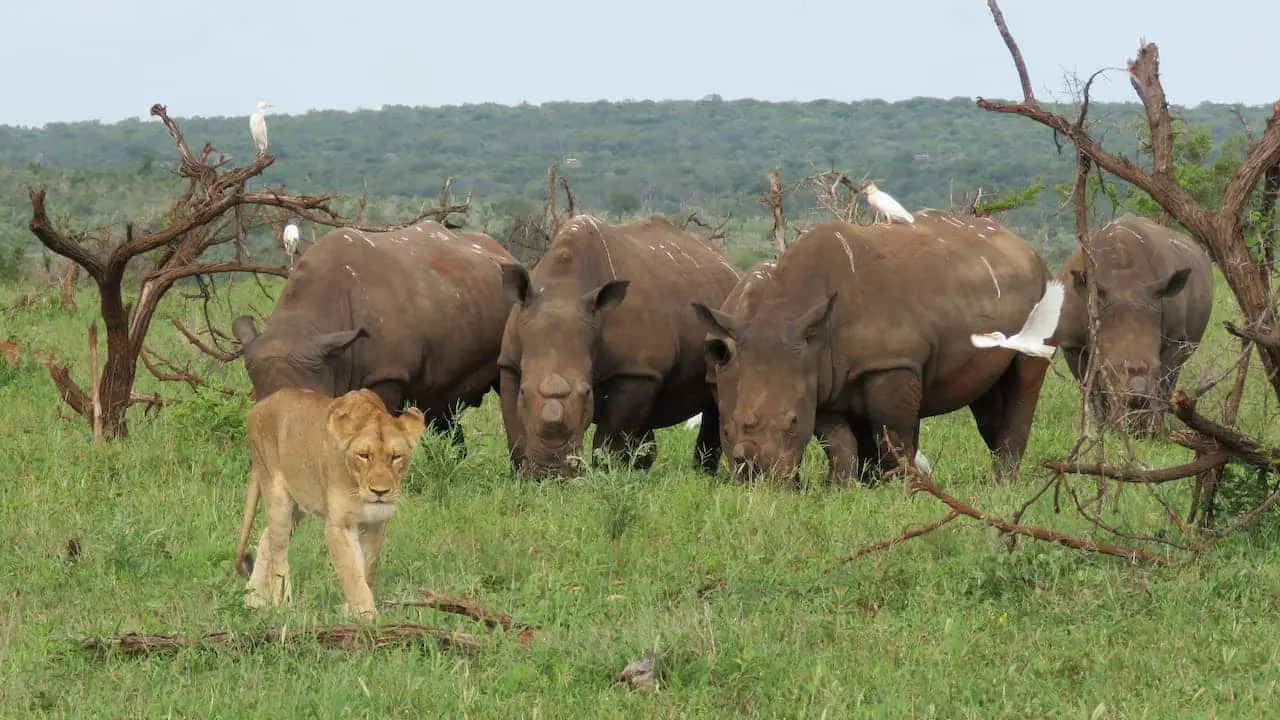Tribute to Coelacanth Diver, Peter Timm
Peter Timm, who saw the first living specimen of the coelacanth, passed away on 18th June 2014 at the age of 51. According to The Mercury, Timm was one of three divers reportedly hired by Ezemvelo Wildlife and the SA Association for Marine Biological Research to recover a piece of technical equipment that had fallen off a research vessel near the Aliwal Shoal, off eMkhomazi.
The following story and images by freelance photographer and writer Scott Ramsay of Year In The Wild is a moving tribute to this extraordinary man, whom I had the privilege of meeting many years ago while diving in Sodwana – Editor.

He jokingly called himself a boer (even though he had an English name), and you could imagine someone like him driving a tractor in the mielie fields on the interior plateau of Southern Africa, hundreds of kilometres from any large body of water.
The ancient, rare fish known as coelacanth (pronounced see-la-canth), however, typically only lives in ocean waters at depths of 100 metres or more.
The dark underwater canyons of Sodwana Bay in north-eastern KwaZulu-Natal are one of the few places on earth where coelacanths have been found. Sunlight can barely reach these extreme depths, so you have to use torches to see anything, and the crushing pressures makes diving exceptionally dangerous.

The deep, dark waters of Sodwana’s canyons are so different to the rarefied, sundrenched fields of the Free State that you’d probably bet your boerewors roll that someone like Peter Timm would have been the last person to find a coelacanth.
Yet the broad-shouldered man could pirouette like a ballerina in deep ocean waters, and in 2000, Peter and his two trainee divers saw the first living specimen of earth’s most ancient large animal.
For 20 years since moving from the Free State, Peter owned Triton Dive Charters at Sodwana. He was a leading expert in the perilous world of Trimix diving, where scuba divers use an artificial mixture of oxygen, nitrogen and helium to descend to 100-plus metres.
With their elaborate and expensive scuba gear, Trimix divers look a bit like astronauts. It’s possible that more people have travelled into outer space than have dived below 100 metres in the open ocean.
“If you don’t know what you’re doing – and even if you do – you can end up dead very quickly,” Peter explained to me with tragic irony, just a few weeks before his own death on 18th June this year, while he helped another diver who had got into trouble.

Despite the dangers, Peter logged hundreds of deep dives, almost all of them at Sodwana Bay in the canyons that lie offshore, where the continental shelf plummets downwards.
It’s why Sodwana is considered such a good place to find coelacanths. On the northeast coast of South Africa, the steep drop-offs are located less than one kilometre from the shoreline, and consequently the canyons are more easily accessible to divers than other areas of the continent’s coastline.
On 28 October 2000, at a depth of 104 metres, Peter and two other divers – Pieter Venter and Etienne le Roux – saw what they first thought were three large potato bass in a cave.
“We had this big underwater torch,” explained Peter. “We saw some pink eyes reflecting back at us, as bright as a car’s reflectors, so we swam over to investigate. They were coelacanths!”
Since then, Peter dived with coelacanths more than any other person, and no one saw more living specimens of these ancient fish than the big, friendly man.
“As I always like to joke,” chuckled Peter, “it took a boer from the Free State to come show these Natal boytjies what’s in their own backyard.”
Named after the Greek words for “hollow-spine” (the coelacanth doesn’t have a traditional vertebra like other fish), this weird-looking creature first started swimming around the oceans about 400 million years ago. This was near the beginning of the Cambrian era, when life started proliferating on the planet.

Certainly no one expected any to be swimming around in modern-day oceans.
Then on 22 December 1938, about 45 kms south west of East London, a fishing trawler captain – Hendrick Goosen – saw a strange (but dead) fish in his boat’s nets. It was unlike any fish he had seen, so he sent word to his friend Marjorie Courtenay-Latimer, the curator of the town’s museum.
Courteny-Latimer went down to the docks, picked up the dead fish from Goosen, wrapped it in paper and stuck it in her fridge to preserve it as best she could.
Intrigued, yet baffled as to its identity, she sent a letter and rough diagram of the specimen to her friend James Smith in Grahamstown. Smith was a chemistry professor, but was also one of the world’s leading ichthyologists (or fish experts).
On arrival in East London, Smith realised this bizarre creature was in fact a coelacanth.
Consider the sheer improbability of it all. Seeing the body of this fish was akin to stumbling across the flesh-and-blood carcass of a Tyrannosaurus rex dinosaur somewhere in your backyard. (Actually, dinosaurs only appeared on earth 150 million years after the coelacanth appeared.)
Here was proof that these ancient animals were still living on earth. The coelacanth had survived several mass extinction events, including the end-Permian, in which an estimated 95 percent of all marine life was wiped out.
The blue-grey coelacanth adults are about two metres long, weigh about 80 kgs, and have strange tails, limb-like fins, thick scales and prodigious teeth. The fins contain bones that resemble toes on a reptile.
They could well be an example of the original “tetrapods”, four-legged amphibious creatures that made the first move from ocean to land, and which were the ancestors of many land animals, including us humans.
It is also one of the rarest animals, with no more than an estimated few hundred in the oceans. The waters of Sodwana are home to at least 32 individuals, identified through research led by Peter’s friend Dr. Kerry Sink of the South African National Biodiversity Institute.

Such are the dangers of deep diving, that no more than 20 divers have seen coelacanths. What was it like for Peter to come face-to-face so many times with these ancient, wonderful, rare creatures?
“Ag, you know, at the end of the day it’s just a fish,” he told me in typical understatement. “But what does strike you is the sheer size. It’s got a real presence, like it means business. They don’t even give a stuff about you being there.”
Peter Timm, who saw the first living specimen of the coelacanth, passed away on 18th June 2014 at the age of 51.





